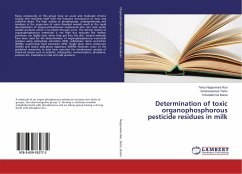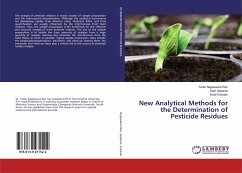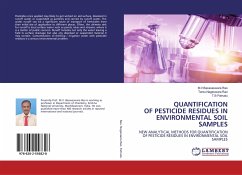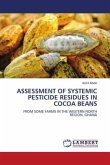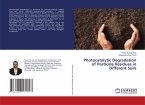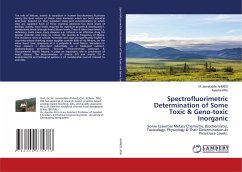Many compounds of this group have an acute and moderate chronic toxicity that manifests itself with the frequent introduction of toxic and sublethal doses. The high activity of phosphatases, carboxyesterases and amidases in the organ-isms of warm blooded animals result in the rapid decomposition of organo-phosphorous compounds into non toxic water soluble products which is ex-creted through urine. The dermal toxicity of organophosphorous insecticide is not high but toxicants like methyl-parathion are highly toxic when they get into the skin. Several methods have been used for the determination of organophosphorous insecticide residues using solid-phase extraction (SPE), solid-phase micro ex-traction (SPME), supercritical fluid extraction (SFE), Single drop micro extrac-tion (SDME) and matrix solid-phase dispersion (MSPD) However; none of the published researches to date have reported the simultaneous analysis of chemi-cal classes such as anilofos, chlorpyrifos, monocrtophos, phosalone, profeno-fos, triazophos in milk and milk products.
Bitte wählen Sie Ihr Anliegen aus.
Rechnungen
Retourenschein anfordern
Bestellstatus
Storno

